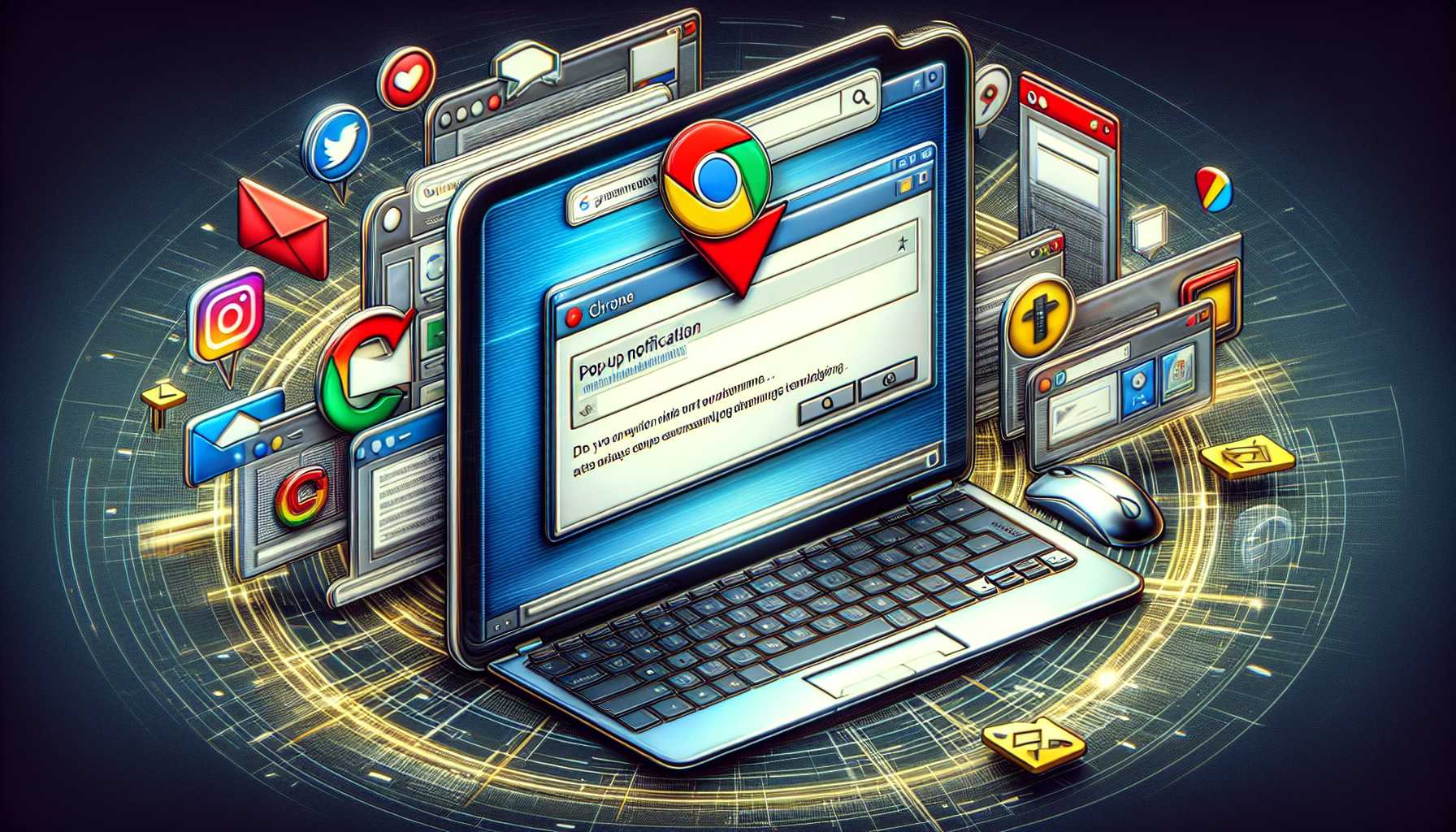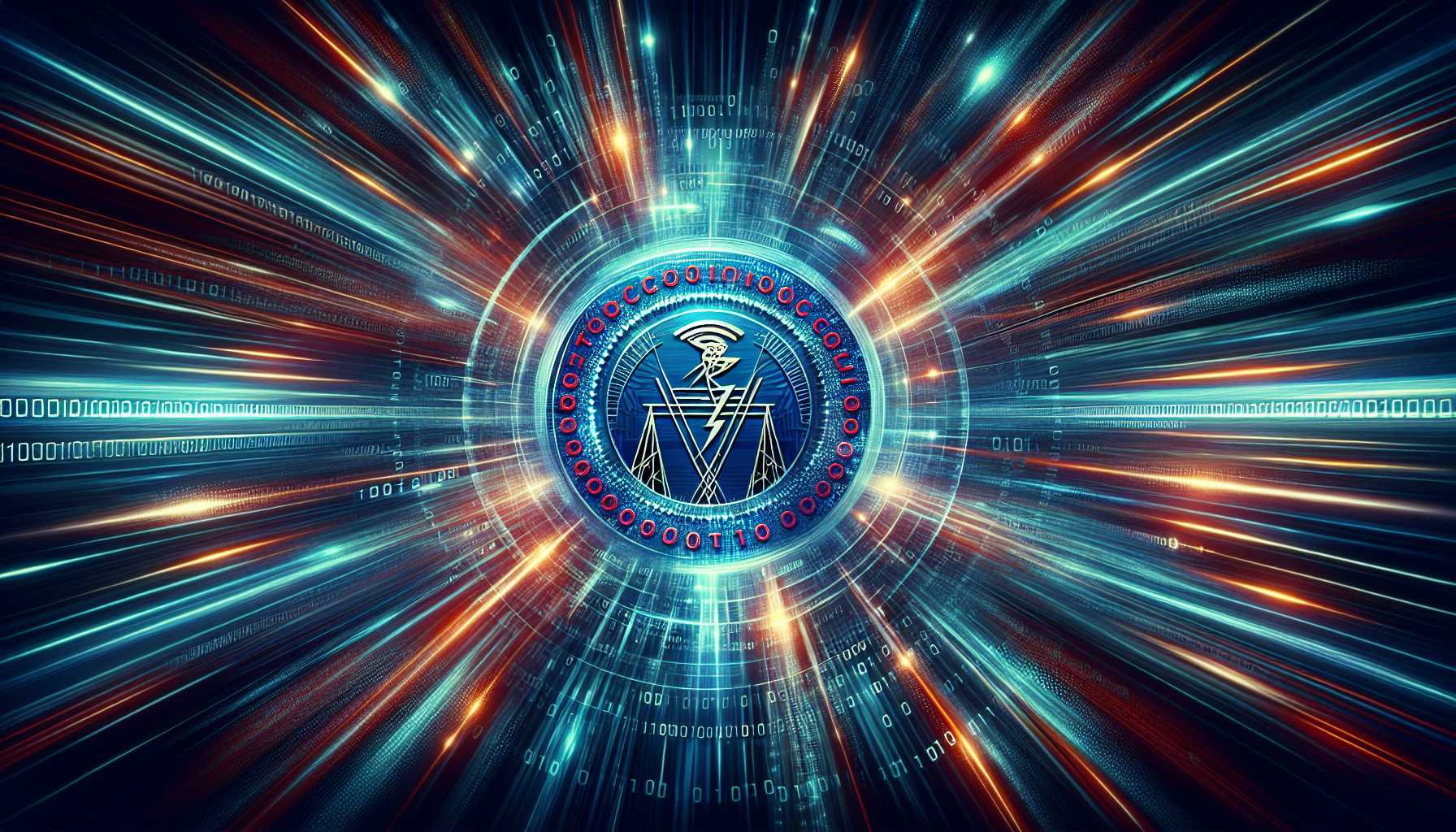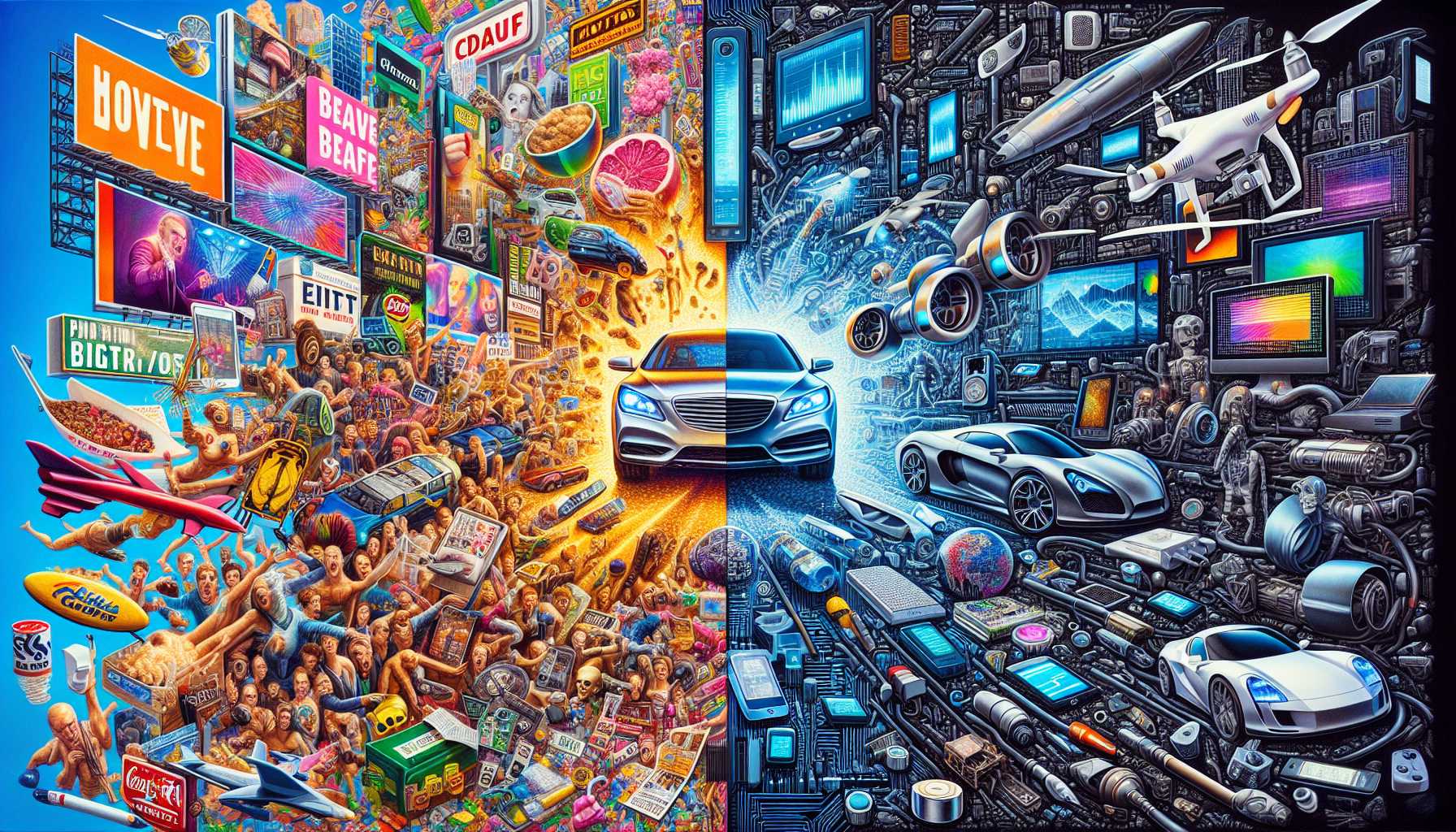The digital world can sometimes feel like the Wild West, with tech giants lassoing for your attention at every turn.
In the latest installment, Microsoft unleashes Bing pop-up ads in Chrome, as Deci aims to streamline AI efficiencies with a blend of open-source and proprietary models. And as if on cue, the FCC gallops in with a jump in internet speed benchmarks to keep the town connected. Saddle up, folks—let’s wrangle the details.
Microsoft’s Bing Pop-Up Rodeo in Google’s Chrome Corral
It seems Microsoft’s latest gambit to herd users toward its Bing search engine includes pop-up ads on Google’s Chrome browser that read like a cross between carnival barking and malware. Yes, you read that right. These pop-up ads aren’t a rogue virus; they’re a brazen tactic sanctioned by the software giant itself. Microsoft aims to charm users with the offer of chattier turns with its Bing AI in exchange for setting Bing as the default search engine. But windows of irritation pop up as often as the ads themselves, questioning whether the approach is more invasive than inventive. In my view, fostering choice in the tech ecosystem is one thing, but these disruptive pop-ups feel a tad too pushy. A tech-savvy user might navigate the pop-up maze with an eyeroll, but what about the less informed? Nevertheless, Microsoft insists this is a one-time notification, a golden ticket to the Bing bonanza. Call me skeptical, but nothing in the digital domain seems to come without a ‘cache’.
Deci’s AI Developments: Opening the Gates to Efficiency
On the flip side of bombastic marketing antics, we have Deci quietly making strides in the AI landscape. With predecessors such as DeciDiffusion and DeciLM 6B under its belt, this Israeli startup now trumpets Deci-Nano—a LLM with less appetite for computational resources. They’ve also corralled a full Generative AI Development Platform for enterprises, riveting in its potential to supercharge business innovation without the daunting price tag. Deci wades into the commercial waters by proffering a series of proprietary models alongside open-source offerings, which I find especially noteworthy in today’s landscape. As a tech commentator, I’ve observed a trend toward closed-source models, reflecting a strategic shift that aims to consolidate quality and efficiency while ensuring the checkout doesn’t inflict sticker shock. This balancing act might just be the gambit that shuffles Deci into a powerful player with enterprises and coders alike.
Charging through the Bandwidth Prairie: FCC Ups the Internet Speed Ante
And galloping in with impeccable timing, the Federal Communications Commission (FCC) slingshots our expectations of internet speed into a new echelon—voting to hammer the speed benchmark into 100 Mbps download and 20 Mbps upload territory for the first time since 2015. This isn’t just a nominal upgrade; it’s a reflection of an interconnected society that craves more data with more celerity. I tip my hat to the intention, even if the decision is marinated in political seasoning. The standard might be largely symbolic, but it electrifies the policy arena, potentially spurring regulatory action if these hyper-speed expectations aren’t met with gusto. Indeed, the web’s frontiers are boundless, but as we embrace this speed revolution, let’s not neglect the nooks and crannies of connectivity where the digital divide yet persists.
A Crusade of Contradictions
What do these disparate news bites tell us about the tech industry? It’s a dichotomous tapestry, interwoven with audacious marketing (one might say verging on belligerence on Microsoft’s part) and legitimate strides forward in AI development and connectivity standards (courtesy of Deci and the FCC). It shows an industry pulsing with vibrancy, yet occasionally tripping over its spurs. The critical question is: How do we navigate this frontier with its gallivanting giants and evolving landscapes? Should we grab the pop-up lasso or seek shelter in the more tactful embrace of innovation like Deci’s? Or perhaps, hitch a ride on the FCC’s newfound speed wagon? Tech aficionados and everyday users alike must ponder these questions as we chart our digital destinies. But fear not, for as long as the information superhighway remains open, our journey will be one of discovery and debate—in equal measure captivating and cacophonous.




